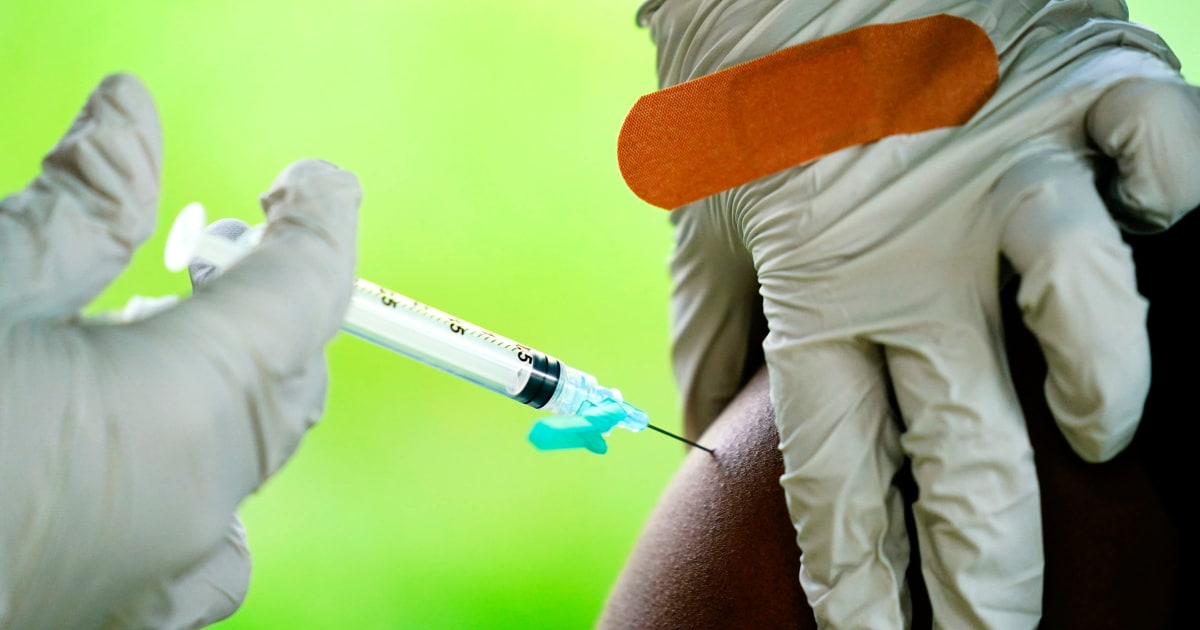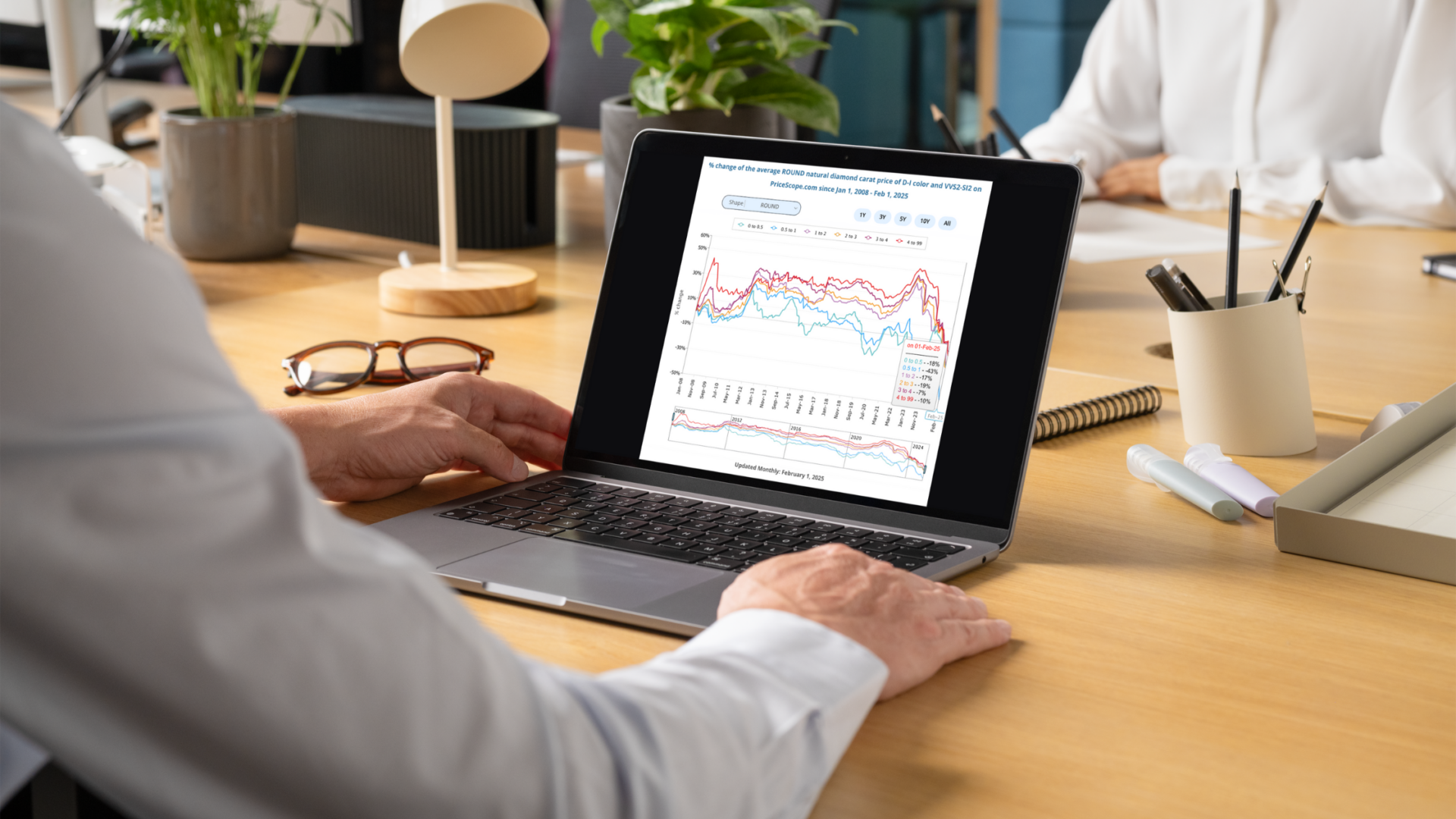- Joined
- Jun 8, 2008
- Messages
- 55,497

Gilead Quarterly Profit Falls on COVID Sales Drop
Gilead Sciences reported lower second-quarter profit as costs from a legal settlement and sharply lower sales of its COVID-19 treatment offset another strong performance by HIV drugs.
www.medscape.com
“
Gilead Quarterly Profit Falls on COVID Sales Drop, Legal Settlement Charge
By Michael Erman
August 04, 2023
(Reuters) - Gilead Sciences on Thursday reported lower second-quarter profit as costs from a legal settlement and sharply lower sales of its COVID-19 treatment offset another strong performance by HIV drugs.
The drugmaker raised its full-year revenue forecast, even as it trimmed its estimate for COVID antiviral Veklury due to lower pandemic-related hospitalizations.
The company said it now expects sales of Veklury, known generically as remdesivir, to total $1.7 billion this year, down from its previous estimate of around $2 billion.
Second-quarter sales of the hospital-administered drug fell 43% from a year ago to $256 million, well below analysts' forecasts of $351 million.
Gilead reported second-quarter earnings of $1.34 per share excluding items, on total revenue of $6.6 billion, down from $1.58 a share and revenue of $6.26 billion in the year-ago quarter.
Wall Street analysts had expected an adjusted profit of $1.64 per share on revenue of $6.44 billion, according to Refinitiv data.
The company said earnings were hurt by a $525 million, or 32 cents a share, charge related to HIV antitrust litigation settlements.
Research & development costs also increased year-over-year, rising more than 25% to $1.4 billion.
Chief Medical Officer Merdad Parsey said the increase was due to the culmination of multi-year plans to diversify Gilead's pipeline, resulting in 21 late-stage trials ongoing simultaneously.
"We are going to be really disciplined about where we go from here ... looking at our portfolio and making some tough decisions around what keeps going and what doesn't," Parsey said in an interview.
Gilead cut its full-year adjusted earnings forecast to a range of $6.45 to $6.80 per share, from $6.60 to $7.00. The California-based company raised the low end of its 2023 revenue forecast range to $26.3 billion from $26.0 billion, but kept the high end at $26.7 billion.
Its shares rose 0.6% in after hours trading to $76.
Product sales excluding Veklury rose 11% to $6.31 billion in the quarter due to the strength of the company's HIV treatments and cell therapy for cancer.
Sales of Gilead's HIV portfolio rose 9% to $4.63 billion, with Biktarvy bringing in $2.98 billion, compared with Wall Street estimates of $2.85 billion.
(Reporting By Michael Erman, additional reporting by Deena Beasley; Editing by Bill Berkrot)
“







![author['full_name'] author['full_name']](https://clf1.medpagetoday.com/media/images/author/kristinaFiore_188.jpg)












300x240.png)